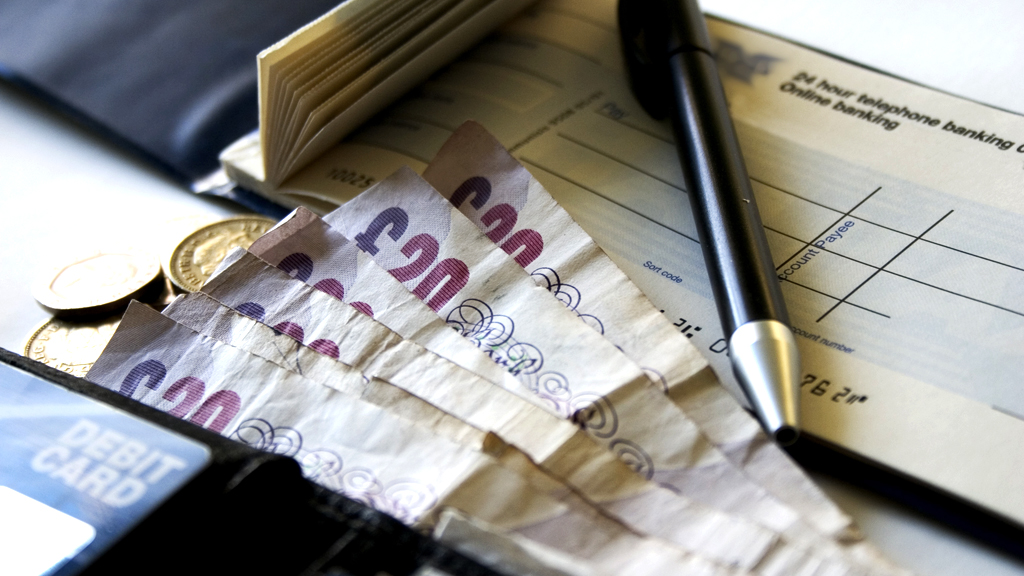A History of the Feed In Tariff
Feed In Tariff’s also known as FIT’s have been very effective at increasing the number of renewable energy sources in the UK over the last few years. The concept although new to the UK has actually been around since the 1970’s. Simply put a Feed in Tariff is a policy set up by governments to offer long term contracts to buy electricity from those who produce it from renewable energy technologies such as solar PV, wind or tidal power.
The ultimate goal is to speed up the rate in which the technology is implemented, reducing it’s cost and also helping improve it’s efficiency. Initially electricity purchased from renewable energy sources will cost more than electricity generated from fossil fuels. However as the cost of production drops and the efficiency of technologies improve there will come a point where renewable sources will cost the same as energy from traditional sources if not less. This goal is known as grid parity.
The first Feed In Tariff was implemented in 1978 by US president Jimmy Carter. That Feed in Tariff allowed the price at which electricity could be bought to be set against future savings on rising fuel prices. This caused a major problem when during the 1980’s the cost of oil and gas dropped making the contracts for renewable energy seem overpriced.
Since then Feed in Tariff’s have been implemented in numerous countries and as of 2012 over 50 countries have implemented a similar scheme. The most successful of these has been in Germany who have since become a world leader in renewable energy technologies especially when it comes to Solar PV.
Initially the German system set the prices of renewable energy as a percentage of the retail price of electricity. However this meant only very cost effective or cheaper solutions were implemented. In 2000 the German model was given a major overhaul and Feed in Tariffs were then tied into the cost of generation, these prices were guaranteed for 20 years and crucially the rates were designed to decline annually as the cost of implementation dropped. These changes opened the door for more expensive solutions like Solar PV to come into the mix.
Feed in Tariff’s in the UK
So the UK finally got its act together in April 2010 when it launched its first Feed in Tariff. However the new coalition government made swift work of adapting and cutting the tariff much quicker than anyone first expected.
In June 2011 just over a year after it was introduced the first cut was made. Essentially support for large scale installations (above 50kW) was pulled due to a number of investors looking to profit with massive solar installations in the West Country. This cut was designed to protect the FIT for the average man or woman on the street who could fit solar PV to their homes.
A review was due for April 2012 however in October 2011 DECC announced cuts of around 55% to feed in tariff for domestic projects (From 43.3p to 21p per kWh). The cuts were to take effect from the 12th December which was before the end of the consultation period. This decision was generally met with applause for the new levels which seemed to make sense for the long term stability of the scheme but shock for the speed with which they were implemented.
As such the cuts were challenged by Friends of the Earth, Solar Century and Homesun in court. The challenge was upheld by the high court’s and the government’s actions were ruled illegal. Despite this DECC moved to appeal. The appeal was overturned but the Government then took the appeal to the Supreme Court where it currently waits the final decision.
If the government fails in its appeal thousands of solar PV installations fitted between 12th December 2011 and 3rd March 2012 will qualify for the higher rate feed in tariff of 43.3p per kWh.
On the 9th February the government published the results of its consultation the key announcements were:
In order to qualify for the FIT properties much hold an EPC at level D or above
Installations from April 1st onwards will receive 21p per kWh
From July 2102 the FIT will reduce based on the number of installations. New rates will range from 16.5p to 13p.
There are also questions about whether the FIT should remain indexed link and whether the tariff lifetime should be reduced to 20 years for solar PV.
What is clear however is that the Feed In Tariff in the UK has been very successful, in fact too successful for its own good. As such it is important that the rates do come down to ensure the long term stability of the scheme and allow the UK to catch up with other countries such as Germany in the implementation of technology such as Solar PV.
Solar PV Tools
is the UK’s leading specialist retailer of tools for solar installations. They offer a wide range of specially designed tool kits which can be custom built to your needs.
You May Also Like

Top 4 Reasons Why You Need Cosmetic Dentistry
August 22, 2019
Sox in the Box: an innovative idea for cotton socks
June 7, 2013
